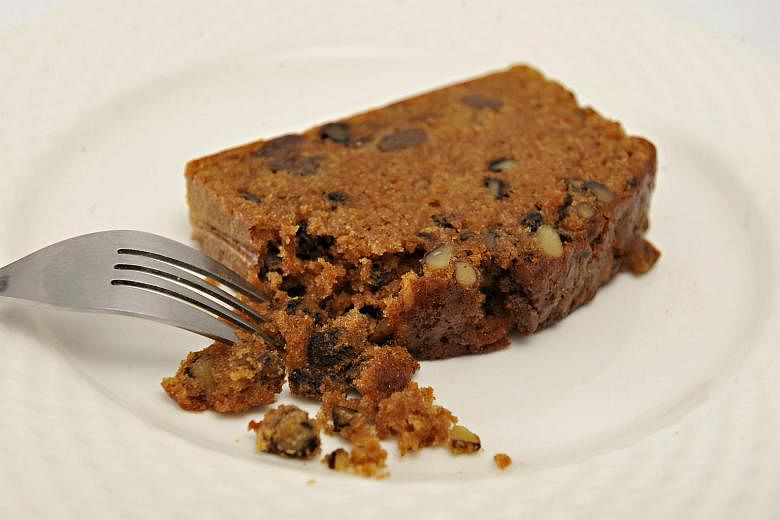There is no need to eliminate sugar, just cut your intake by half.
That is the message that people in Australia have been receiving for the past year under a campaign called Sugar By Half.
The same advice would help Singapore achieve better health too, said the sports doctor who is heading the Australian campaign.
Professor Peter Brukner, from the sports and exercise medicine research centre at La Trobe University in Australia, said the consumption of added sugar is wreaking havoc on people's health but many do not realise how much sugar they are taking in. He cited, as an example, Masterfoods barbecue sauce, which has 125 teaspoons of sugar per 930ml bottle.
"We are in the midst of a sugardemic, throughout the world," said Prof Brukner, who was in Singapore to speak at a seminar organised by Changi Sports Medicine Centre for healthcare professionals last Friday.
As an advocate of the low-carb, high-fat diet, Prof Brukner said that besides cutting sugar intake, reducing the amount of processed food products and eating more healthy fats and fresh produce will significantly improve one's health.
He is speaking from experience: In 2012, he adopted a low-carb diet as well as stopped eating sugar, and lost 13kg in 13 weeks. His appetite became smaller, he said, and his levels of triglycerides, high-density lipoprotein or "good" cholesterol, and insulin improved.
"Not only are people eating more sugar and processed foods today, (but) they are also eating more than they should, said Prof Brukner, who is also a visiting professor of sport medicine and musculoskeletal health research at Lee Kong Chian School of Medicine, Nanyang Technological University.
"Fifty years ago, we had three meals a day. Now, we are constantly eating."
The Sugar By Half campaign in Australia, which Prof Brukner is heading, started in October last year, and aims to improve food labelling that includes added sugars. It also wants to ban junk food advertisements during family TV viewing, among other plans.
In Singapore, similar measures have been taken to curb sugar intake. In August, the Government announced that seven major beverage industry players, including Coca-Cola and F&N Foods, will cap the sugar content in their drinks at 12 per cent from 2020.
This works out to 12g of sugar for every 100ml. It means that a typical 330ml canned drink would contain at most 40g of sugar. Certain drinks would be affected, including Pokka Soursop Juice drink and Kickapoo.
The Health Promotion Board recommends that people should consume no more than 40g to 55g of added sugar a day.
"We have been playing around with the healthy plate and the pyramid for last 30 years and we've just been getting sicker and sicker," said Prof Brukner during the seminar's panel discussion. "I think if we stop eating high-sugar foods, that's a really good start."
Dr Tham Kwang Wei, a senior consultant at the endocrinology department, and director of the Life Centre at Singapore General Hospital, said cutting down on sugar alone will not solve the diabetes epidemic, though it is a good start.
"There is some evidence to show that sugar intake is associated with increased incidence of diabetes. We can't say that it is the only cause as there are many other causes such as physical inactivity and obesity."
Dr Tham, who was a panellist at the discussion, said studies have shown that pre-diabetics who lose weight will also lower their risk of getting full-blown diabetes.
Changi General Hospital principal dietitian Ong Li Jiuen, another panellist, told The Straits Times that solving Singapore's disease burden is not as easy as getting people to go on a low-carb diet.
"There is no one-size-fits-all diet that can help diabetics... We have to assess their diet and lifestyle."
The low-carb, high-fat diet may work for those with type 2 diabetes, she said. However, they have to adjust their medication or risk getting low blood sugar levels.
So far, the studies that show this type of diet has benefited those with type 2 diabetes were done for just six months to one year, she noted. "So, the question is how safe this is for the long term."
Ms Ong added: "I would say cut down on sugar but I wouldn't tell the public to go low-carb because people may just cut down on their intake of rice, wholegrains or even fruit."



